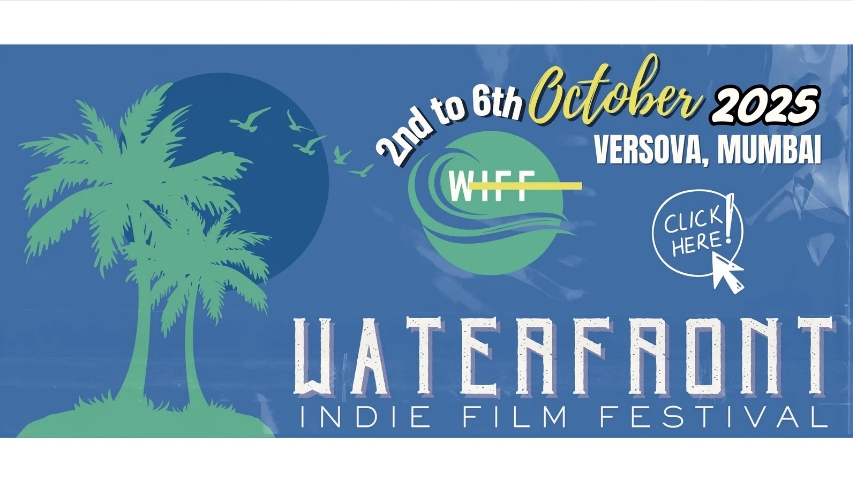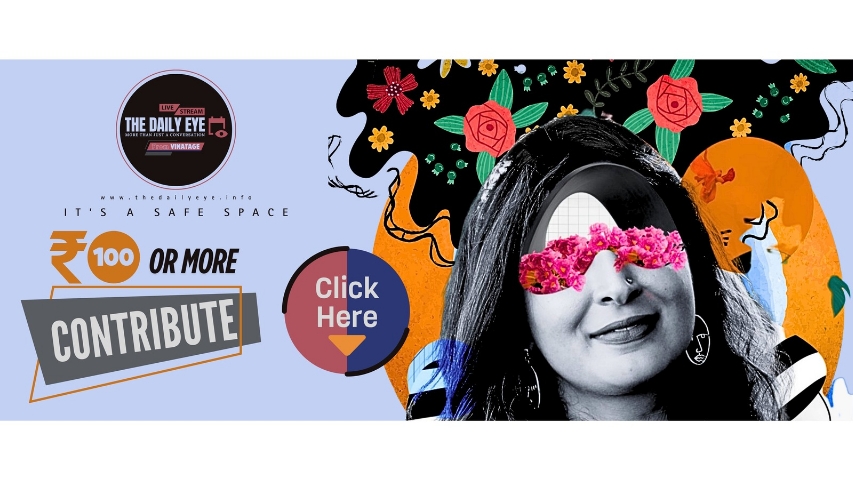
THOUGHT FACTORY: MEDIA SHAPES MINDS AND MEMORIES
by Deepa Bhalerao September 7 2025, 12:00 am Estimated Reading Time: 5 mins, 6 secsFrom Storytelling to Learning: How Media Shapes Minds and Memories, Deepa Bhalerao explores Hum Log, Entertainment-Education, and the evolving media landscape, where stories must inform, educate, entertain, and create authentic cultural and social change.
Media has the power to shape society by blending storytelling with education, as seen in iconic shows like Hum Log. Entertainment-Education nudges awareness, influences behaviour, and inspires social change. From television serials to digital content, stories rooted in authenticity and research can address health, gender equity, environment, and mental health while entertaining. In today’s information-saturated world, credible content that educates, informs, and empowers remains vital for building trust, enriching public discourse, and leaving a positive social legacy.
A Nation Hooked on Hum Log
I had just completed my Std 10 when the serial Hum Log (We the People) premiered on Doordarshan, the national channel in India. We had a recently acquired black and white TV and watching the news and other programs was by far the most interesting way to spend the evenings – given the limited telecast hours.
Hum Log was about an ordinary Indian family and their trials and tribulations. Its relatability caught the imagination of the viewers and before long, the events in the lives of the on-screen family became a national pastime. The characters were fallible and struggling to make sense of the world. They faced real-world problems and there wasn’t always a happily-ever-after for every sub-plot in the manner of popular movies of the time. Issues were discussed and problems faced, power dynamics in the household were portrayed realistically and the varied ages of the cast ensured that every person in the millions of families watching could identify with someone from the serial. The summing up of the situation was done superbly by the beloved Ashok Kumar who deconstructed the events without sounding preachy. It isn’t a surprise that many of us who watched it can still recollect some details about it – a story, an experience or a feeling that the series evoked.

Discovering Entertainment-Education
Many years later, in 2014, I got the privilege of working in entertainment education and learning the significance of such interventions.
Entertainment-Education (EE) is a purposeful approach to storytelling that blends educational goals with engaging content, making sure that audiences are both entertained and informed. It can be delivered through any popular television, radio, film, music, games, or even live performances like street theatre.
At its core, EE is rooted in the social learning theory, meaning people learn by observing and modelling the behaviours of characters within the narrative. The aim is to spark meaningful change, influencing what people know, how they think, and the choices they make around important social/health/mental health issues. To ensure effectiveness, EE is built on research that is carefully designed after referring to audience preferences and evaluated afterward to see the real impact it creates.
Given the power of stories told through the vibrant audio-visual media, it is not surprising that films and television serials which are written with the intent of sharing authentic information and meaningful knowledge through the characters, become a powerful medium for social change. Many television serials for children in the US (Sesame Street, Mr Rogers Neighbourhood) and some in our own country (Jhoom Tara Ra Ra, and Duur Se Namaste) were specially designed to transmit certain desirable values and behaviours.
EE also seeks to inform and educate by embedding information and behaviours within existing programmes. It ensures that correct information reaches the audience.
Behind the Scenes: Adding Authenticity
While working at the Asian Centre for Entertainment Education’s Third Eye project, headed by Vinta Nanda, writer, director and former head, programming, Zee Network, I got the opportunity to interact with creative people, learn about the creative process and assist them in getting authentic and latest information about the topics they were writing on. I got to connect with medical professionals, legal professionals, environment experts, forensic specialists, and people with lived experience who helped us see the world through their eyes and in the process add the value of authenticity to the stories that came out later.
Some interventions that we made during the time included the television serials – Hamari Sister Didi and Ek Nayi Ummeed – Roshni. We also provided expert consultation on a story about an acid attack survivor, a story on the pollution in the Ganga, a story on the environmental impact of displacement on wildlife, and on medico-legal issues among many others.

The Changing Media Landscape
Today, 11 years hence, the types and accessibility of media are nothing short of mind-boggling. Social media, news, and films old and new, from all over the world, are available to us on our personal devices round the clock. We are immersed in content and get information from many sources at any given time. And yet, there is no way to know what is authentic, but for our own limited understanding – a well-known name, an official site, etc.
The need for vetted content, in all spheres, is important, so we can sift through, and eliminate the superfluous. We could do well with content that educates, not confuses, and informs, not misguides. So, we need to have serials that uphold the universal values of human rights, profess social and gender equity, utilize correct legal terms, describe medical conditions correctly and represent mental health issues sensitively. We need content that empowers, never misleads and avoids the clichéd and melodramatic.
Storytelling as Social Memory
When narratives are factually sound and culturally respectful, they retain their entertainment value while also enriching public discourse, building trust, and leaving a legacy of positive impact. Entertainment doesn’t have to be escapism and can take on the form of social memory. And memory, if it is to serve society well, must be authentic. Which is why, after 40 years of its telecast, we still remember the various characters in Hum Log.
Storytelling is a powerful medium – be it through theatre, television, or films. It can serve to inform, educate, and help change mindsets, while being what it is – the most loved form of entertainment.




-173X130.jpg)
-173X130.jpg)

-173X130.jpg)


-173X130.jpg)
